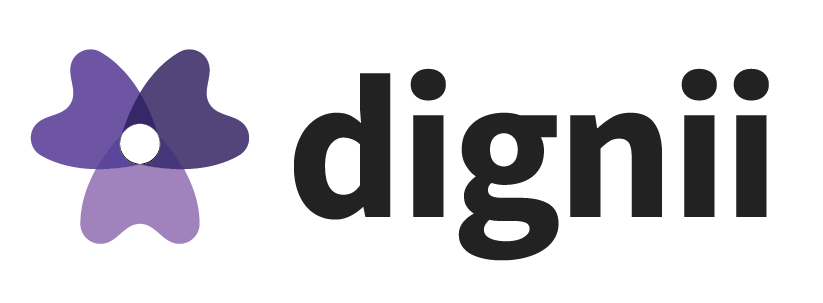
Half way through 2019 and the conversation about “diversity” and “inclusion” continues to build momentum. These terms have been drawing attention for over a hundred years. Different groups throughout history have worked to define these terms and give them a life of their own in the hopes of fostering change. Important work has been done to encourage people shift perspectives and recognize marginalized groups: the civil rights movement, women’s suffrage, marriage equality, and Truth and Reconciliation. Thanks primarily to changes in law, the work needed to create diverse environments has become a priority for companies and organizations.
It has been established in research that diverse workplaces that are often, by their nature inclusive – when employees feel valued and respected, they demonstrate higher levels of employee engagement and have better outcomes for the organization (Swiegers & Toohey, 2012).
But we’ve been talking about it for so long – why haven’t we achieved ‘diversity and inclusion’? Why is it still necessary to advocate for equal pay and equal representation on boards? Why are people afraid to ‘come out’? And why do we still see bias and discrimination in the workplace?
We need to remember that ‘diversity’ and ‘inclusion’ are not synonymous. The term ‘diversity’ refers to the fact that people are inherently different from one another, and that each of us is unique in our own way despite some shared experiences. Whereas the term ‘inclusion’ means that within a group of people everyone feels valued and respected, and that the “mix” of differences is working well together.
There is a piece of the ‘diversity and inclusion’ conversation that is missing. Recognizing that we are all individually different, and having different groups of people feel acknowledged and working well together is great, but currently the conversation around inclusion exists as a repetitive cycle of introductions where we are constantly recognizing “new” underrepresented groups or minorities.
We currently approach inclusion as a concept that applies only to minority groups, but that still leaves some people missing. If the premise is that everyone is diverse by the mere nature of their origins, experiences, and expressions, then the solution must include everyone.
The concept that is missing here is dignity. If we focus on human dignity: the right of every person to be valued and respected, being truly inclusive follows. The origin of human rights is the recognition of a person’s dignity, and every human rights “movement” is a move toward having this dignity reflected in our laws and shared notions of equity, diversity and inclusion. “Dignity” is what people are trying to achieve when they talk about fostering inclusion, and if we shift our thinking toward acknowledging the dignity of every human being, we bring ourselves closer to creating an inclusive world.
Using the lens of ‘diversity and inclusion’ is not enough. If we begin with recognizing the right of each person to be valued and respected, we are essentially elevating dignity in the workplace. Elevating dignity creates inclusive workplaces and increases employee engagement in the way we’ve been aiming for over the past century.
Swiegers, G., & Toohey, K. (2012), “Waiter, is that inclusion in my soup? A new recipe to improve business performance.” Research Report. Deloitte Australia and the Victoria Opportunity & Human Rights Commission.


Recent Comments